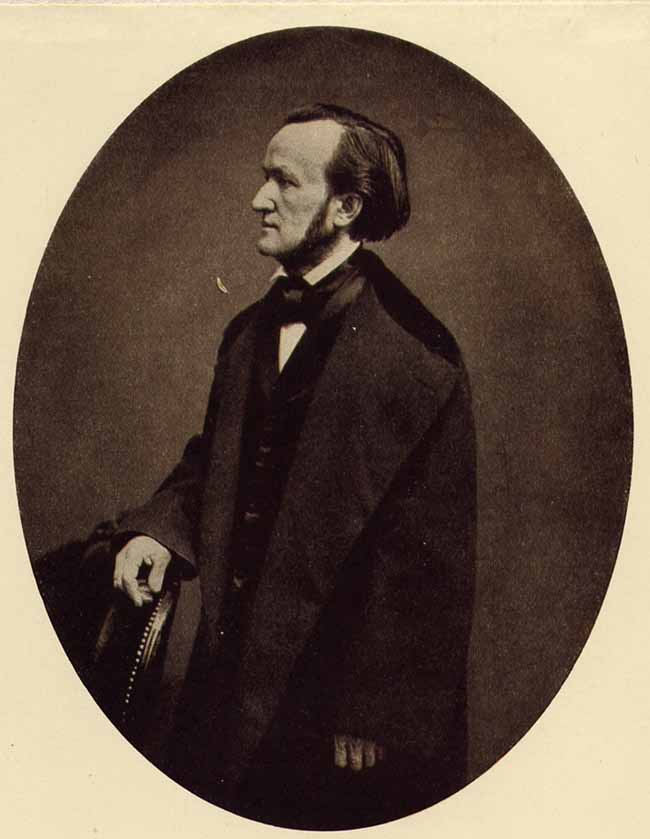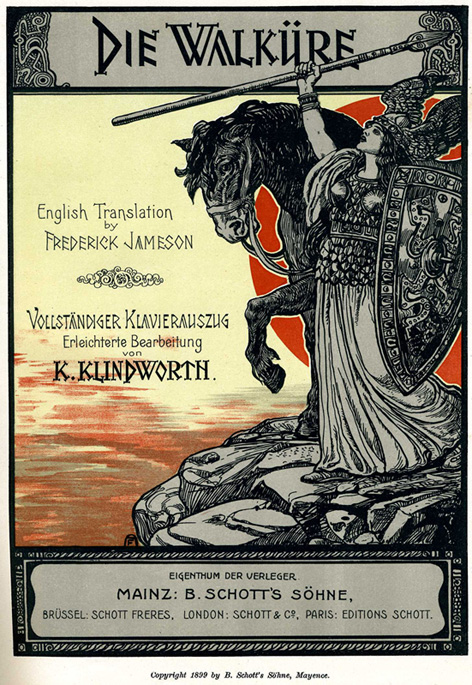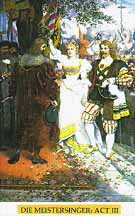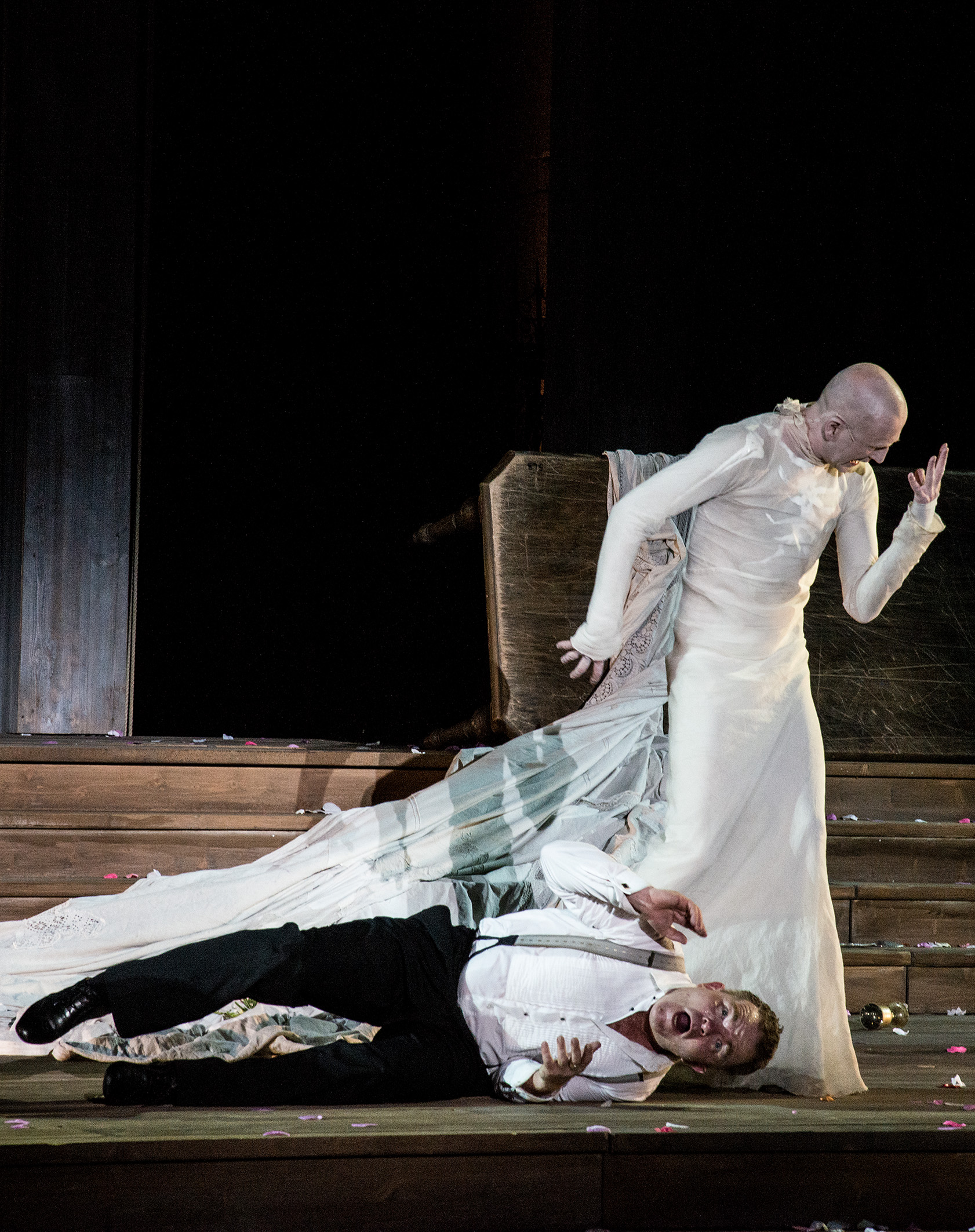|
Ira Malaniuk
Ira Malaniuk ( uk, Ірина Маланюк; ''Iryna Malanyuk''; 29 January 1919 – 25 February 2009) was an Austrian operatic Mezzo-soprano of Ukrainian descent. She sang a wide range of roles, from Mozart to contemporary works. Life Malaniuk was born in Stanyslaviv. She studied first in Lviv with Adam Didur, and later in Vienna with Anna Bahr-Mildenburg. She made her stage debut in Graz in 1945. She joined the Zurich Opera in 1947, where she took part in the creation of Willy Burkhard's ''Die schwarze Spinne'' and sang in the local premiere of Stravinsky's ''The Rake's Progress''. In 1952, she began appearing at the Munich State Opera and the Vienna State Opera, her roles there included; Gluck's Orfeo, Verdi's Lady Macbeth, and Judith in Béla Bartók's ''Bluebeard's Castle''. Malaniuk appeared at La Scala in Milan, in the Ring Cycle under Wilhelm Furtwängler. She also made guest appearances at the Royal Opera House in London, the Paris Opéra, the Monte ... [...More Info...] [...Related Items...] OR: [Wikipedia] [Google] [Baidu] |
Mezzo-soprano
A mezzo-soprano or mezzo (; ; meaning "half soprano") is a type of classical female singing voice whose vocal range lies between the soprano and the contralto voice types. The mezzo-soprano's vocal range usually extends from the A below middle C to the A two octaves above (i.e. A3–A5 in scientific pitch notation, where middle C = C4; 220–880 Hz). In the lower and upper extremes, some mezzo-sopranos may extend down to the F below middle C (F3, 175 Hz) and as high as "high C" (C6, 1047 Hz). The mezzo-soprano voice type is generally divided into the coloratura, lyric, and dramatic mezzo-soprano. History While mezzo-sopranos typically sing secondary roles in operas, notable exceptions include the title role in Bizet's '' Carmen'', Angelina (Cinderella) in Rossini's ''La Cenerentola'', and Rosina in Rossini's ''Barber of Seville'' (all of which are also sung by sopranos and contraltos). Many 19th-century French-language operas give the leading female role to mezzos, includin ... [...More Info...] [...Related Items...] OR: [Wikipedia] [Google] [Baidu] |
Bluebeard's Castle
''Duke Bluebeard's Castle'' ( hu, A kékszakállú herceg vára, link=no, or ''The Blue-Bearded Duke's Castle'') is a one-act expressionism, expressionist opera by Hungarian composer Béla Bartók. The libretto was written by Béla Balázs, a poet and friend of the composer, and is written in Hungarian, based on the French literary tale ''Bluebeard, La Barbe bleue'' by Charles Perrault. The opera lasts only a little over an hour and there are just two singing characters onstage: Bluebeard (), and his new wife Judith (); the two have just eloped and Judith is coming home to Bluebeard's castle for the first time. ''Bluebeard's Castle'', András Szőllősy, Sz. 48, was composed in 1911 (with modifications made in 1912 and a new ending added in 1917) and first performed on 24 May 1918 at the Royal Hungarian Opera House in Budapest. Universal Edition published the vocal (1921) and full score (1925). The Boosey & Hawkes full score includes only the German and English singing translations ... [...More Info...] [...Related Items...] OR: [Wikipedia] [Google] [Baidu] |
Arabella (opera)
''Arabella'', Op. 79, is a lyric comedy, or opera, in three acts by Richard Strauss to a German libretto by Hugo von Hofmannsthal, their sixth and last operatic collaboration. Performance history It was first performed on 1 July 1933 at the Dresden Sächsisches Staatstheater. The opera received its premiere in the UK on 17 May 1934 at London's Royal Opera House. Two decades later, on 10 February 1955, it was performed at the Metropolitan Opera in New York with Eleanor Steber in the title role. The Met has given numerous performances of the work since that date. At the 2008 Helpmann Awards, the production by Opera Australia won the Award for Best Opera. ... [...More Info...] [...Related Items...] OR: [Wikipedia] [Google] [Baidu] |
Götterdämmerung
' (; ''Twilight of the Gods''), WWV 86D, is the last in Richard Wagner's cycle of four music dramas titled (''The Ring of the Nibelung'', or ''The Ring Cycle'' or ''The Ring'' for short). It received its premiere at the on 17 August 1876, as part of the first complete performance of the whole work. The title is a translation into German of the Old Norse phrase ', which in Norse mythology Norse, Nordic, or Scandinavian mythology is the body of myths belonging to the North Germanic peoples, stemming from Old Norse religion and continuing after the Christianization of Scandinavia, and into the Nordic folklore of the modern period ... refers to a prophesied war among various beings and gods that ultimately results in the burning, immersion in water, and renewal of the world. As with the rest of the ''Ring'', however, Wagner's account diverges significantly from these Old Norse sources. Composition Roles Synopsis Prologue Prelude to the Prologue Scene 1 T ... [...More Info...] [...Related Items...] OR: [Wikipedia] [Google] [Baidu] |
Tristan Und Isolde
''Tristan und Isolde'' (''Tristan and Isolde''), WWV 90, is an opera in three acts by Richard Wagner to a German libretto by the composer, based largely on the 12th-century romance Tristan and Iseult by Gottfried von Strassburg. It was composed between 1857 and 1859 and premiered at the Königliches Hoftheater und Nationaltheater in Munich on 10 June 1865 with Hans von Bülow conducting. Wagner referred to the work not as an opera, but called it "" (literally ''a drama'', ''a plot'', or ''an action''). Wagner's composition of ''Tristan und Isolde'' was inspired by the philosophy of Arthur Schopenhauer (particularly ''The World as Will and Representation''), as well as by Wagner's affair with Mathilde Wesendonck. Widely acknowledged as a pinnacle of the operatic repertoire, ''Tristan'' was notable for Wagner's unprecedented use of chromaticism, tonal ambiguity, orchestral colour, and harmonic suspension. The opera was enormously influential among Western classical com ... [...More Info...] [...Related Items...] OR: [Wikipedia] [Google] [Baidu] |
Die Walküre
(; ''The Valkyrie''), WWV 86B, is the second of the four music dramas that constitute Richard Wagner's ''Der Ring des Nibelungen'' (English: ''The Ring of the Nibelung''). It was performed, as a single opera, at the National Theatre Munich on 26 June 1870, and received its first performance as part of the ''Ring'' cycle at the Bayreuth Festspielhaus on 14 August 1876. As the ''Ring'' cycle was conceived by Wagner in reverse order of performance, ''Die Walküre'' was the third of the four texts to be written, although Wagner composed the music in performance sequence. The text was completed by July 1852, and the music by March 1856. Wagner largely followed the principles related to the form of musical drama, which he had set out in his 1851 essay ''Opera and Drama'' under which the music would interpret the text emotionally, reflecting the feelings and moods behind the work, using a system of recurring leitmotifs to represent people, ideas, and situations rather than the conv ... [...More Info...] [...Related Items...] OR: [Wikipedia] [Google] [Baidu] |
Die Meistersinger Von Nürnberg
(; "The Master-Singers of Nuremberg"), WWV 96, is a music drama, or opera, in three acts, by Richard Wagner. It is the longest opera commonly performed, taking nearly four and a half hours, not counting two breaks between acts, and is traditionally not cut. With Hans von Bülow conducting, it was first performed on 21 June 1868 at the National Theatre Munich, National Theater in Munich, today home of Bavarian State Opera. The story is set in Nuremberg in the mid-16th century. At the time, Nuremberg was a free imperial city and one of the centers of the Renaissance in Northern Europe. The story revolves around the city's guild of ''Meistersinger'' (Master Singers), an association of amateur poets and musicians who were primarily Master craftsman, master craftsmen of various trades. The master singers had developed a craftsmanlike approach to music-making, with an intricate system of rules for composing and performing songs. The work draws much of its atmosphere from its depictio ... [...More Info...] [...Related Items...] OR: [Wikipedia] [Google] [Baidu] |
Bayreuth Festival
The Bayreuth Festival (german: link=no, Bayreuther Festspiele) is a music festival held annually in Bayreuth, Germany, at which performances of operas by the 19th-century German composer Richard Wagner are presented. Wagner himself conceived and promoted the idea of a special festival to showcase his own works, in particular his monumental cycle and ''Parsifal''. Performances take place in a specially designed theatre, the Bayreuth Festspielhaus. Wagner personally supervised the design and construction of the theatre, which contained many architectural innovations to accommodate the huge orchestras for which Wagner wrote as well as the composer's particular vision about the staging of his works. The Festival has become a pilgrimage destination for Wagnerians and classical-music enthusiasts. Origins The origins of the Festival itself lie rooted in Richard Wagner's interest in establishing his financial independence. A souring of the relationship with his patron, Ludwig II o ... [...More Info...] [...Related Items...] OR: [Wikipedia] [Google] [Baidu] |
Salzburg Festival
The Salzburg Festival (german: Salzburger Festspiele) is a prominent festival of music and drama established in 1920. It is held each summer (for five weeks starting in late July) in the Austrian town of Salzburg, the birthplace of Wolfgang Amadeus Mozart. One highlight is the annual performance of the play '' Jedermann'' (''Everyman'') by Hugo von Hofmannsthal. Since 1967, an annual Salzburg Easter Festival has also been held, organized by a separate organization. History Music festivals had been held in Salzburg at irregular intervals since 1877 held by the International Mozarteum Foundation but were discontinued in 1910. Although a festival was planned for 1914, it was cancelled at the outbreak of World War I. In 1917, Friedrich Gehmacher and Heinrich Damisch formed an organization known as the ''Salzburger Festspielhaus-Gemeinde'' to establish an annual festival of drama and music, emphasizing especially the works of Mozart. At the close of the war in 1918, the festival's re ... [...More Info...] [...Related Items...] OR: [Wikipedia] [Google] [Baidu] |
Monte Carlo Opera
Monte may refer to: Places Argentina * Argentine Monte, an ecoregion * Monte Desert * Monte Partido, a ''partido'' in Buenos Aires Province Italy * Monte Bregagno * Monte Cassino * Montecorvino (other) * Montefalcione Portugal * Monte (Funchal), a civil parish in the municipality of Funchal * Monte, a civil parish in the municipality of Fafe * Monte, a civil parish in the municipality of Murtosa * Monte, a civil parish in the municipality of Terras de Bouro Elsewhere * Monte, Haute-Corse, a commune in Corsica, France * Monte, Switzerland, a village in the municipality Castel San Pietro, Ticino, Switzerland * Monte, U.S. Virgin Islands, a neighborhood * Monte Lake, British Columbia, Canada Arts, entertainment, and media * ''Monte'' (film), a 2016 drama film by Amir Naderi * Three-card Monte * Monte Bank or Monte, a card game Other uses * Monte (dessert) a milk cream dessert produced by the German dairy company Zott * Monte (mascot), the mascot of the Univers ... [...More Info...] [...Related Items...] OR: [Wikipedia] [Google] [Baidu] |
Palais Garnier
The Palais Garnier (, Garnier Palace), also known as Opéra Garnier (, Garnier Opera), is a 1,979-seatBeauvert 1996, p. 102. opera house at the Place de l'Opéra in the 9th arrondissement of Paris, France. It was built for the Paris Opera from 1861 to 1875 at the behest of Emperor Napoleon III. Initially referred to as ''le nouvel Opéra de Paris'' (the new Paris Opera), it soon became known as the Palais Garnier, "in acknowledgment of its extraordinary opulence" and the architect Charles Garnier's plans and designs, which are representative of the Napoleon III style. It was the primary theatre of the Paris Opera and its associated Paris Opera Ballet until 1989, when a new opera house, the Opéra Bastille, opened at the Place de la Bastille. The company now uses the Palais Garnier mainly for ballet. The theatre has been a ''monument historique'' of France since 1923. The Palais Garnier has been called "probably the most famous opera house in the world, a symbol of Paris like No ... [...More Info...] [...Related Items...] OR: [Wikipedia] [Google] [Baidu] |
Royal Opera House
The Royal Opera House (ROH) is an opera house and major performing arts venue in Covent Garden, central London. The large building is often referred to as simply Covent Garden, after a previous use of the site. It is the home of The Royal Opera, The Royal Ballet, and the Orchestra of the Royal Opera House. The first theatre on the site, the Theatre Royal (1732), served primarily as a playhouse for the first hundred years of its history. In 1734, the first ballet was presented. A year later, the first season of operas, by George Frideric Handel, began. Many of his operas and oratorios were specifically written for Covent Garden and had their premieres there. The current building is the third theatre on the site, following disastrous fires in 1808 and 1856 to previous buildings. The façade, foyer, and auditorium date from 1858, but almost every other element of the present complex dates from an extensive reconstruction in the 1990s. The main auditorium seats 2,256 people, mak ... [...More Info...] [...Related Items...] OR: [Wikipedia] [Google] [Baidu] |








